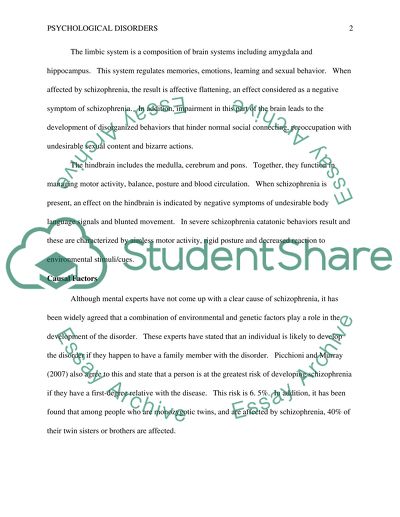Cite this document
(“An Analysis of Psychological Disorders. Anxiety and Drug Abuse Essay”, n.d.)
Retrieved from https://studentshare.org/psychology/1395797-an-analysis-of-psychological-disorders-anxiety-and-drug-abuse
Retrieved from https://studentshare.org/psychology/1395797-an-analysis-of-psychological-disorders-anxiety-and-drug-abuse
(An Analysis of Psychological Disorders. Anxiety and Drug Abuse Essay)
https://studentshare.org/psychology/1395797-an-analysis-of-psychological-disorders-anxiety-and-drug-abuse.
https://studentshare.org/psychology/1395797-an-analysis-of-psychological-disorders-anxiety-and-drug-abuse.
“An Analysis of Psychological Disorders. Anxiety and Drug Abuse Essay”, n.d. https://studentshare.org/psychology/1395797-an-analysis-of-psychological-disorders-anxiety-and-drug-abuse.


